By Habeeb Salloum and Muna Salloum
———–
We were excited and so were our stomachs as we headed out for a three-day tour of Cape Breton, Nova Scotia’s paradise isle.
Leaving our immaculate 4-star hotel, Sydney’s Hampton Inn, we made our way through Cape Breton’s green coastline to Indian Brooks. The scene before us was breathtaking. We continued and a few kilometers later, reached the panoramic Lookout of St. Ann’s with seven more panoramic views. The areas we had covered so far seemed uninhabited, pure and clean.
A short distance further, we stopped at a unique establishment, the Gaelic College or in Scottish Gaelic Colaisde na Gàidhlig, a non-profit institution founded in 1938 with the mandate to maintain, promote and preserve Highland Scottish Gaelic culture through culture, music, language, arts, crafts, customs and traditions. Scottish Gaelic in the 1930s had almost disappeared, having once been spoken by over 100,000 Nova Scotians. Thousands of students from all over the world attend the College’s courses throughout the year. In addition, it is also the home base for the Cape Breton Fiddlers’ Association and participates in the Celtic Colours International Festival held annually in October. For 2016, this will be the festival’s 20th anniversary and it promises to be spectacular.
We discussed how languages can rise and disappear when we reached North River’s Chanterelle Inn to have lunch. Met at the front door by its gracious and remarkable owner Earlene Busch, we were soon learned her story of how she ended up on this beautiful isle of Cape Breton.
Born and bred in Boulder, Colorado, Earlene established herself as founder and CEO of a high tech company. A highly active business person who travelled the world for her work and for her passion for collecting curly maple furniture, she ended up on the Cabot Trail. When one of our group asked her what brought her to Cape Breton, she laughed and said: “It’s always a strange answer but it’s furniture.”
She arrived, purchased the furniture but fell in love with the island, especially the Cabot Trail and decided to make Cape Breton her home. She bought a 100-acre piece of barren land and constructed the inn from scratch and it took only one year. It is built entirely on an environmentally friendly basis. The view is marvelous – it overlooks North River and St. Ann’s Harbour. As Earlene explained, her world travels also introduced her to international cuisines and when she sold her company, she trained as a chef. We were soon to discover that her culinary skills matched her business acumen.
She prepared for us a fantastic meal for lunch. The baked halibut with roasted garlic and cherry tomatoes, the creamy fiddlehead soup, and the homemade strawberry and peach sherbets left an indelible mark on my palate. In this quaint clean inn located along the Cabot Trail, I discovered a gourmet food haven nestled among the trees and hills and green natural wonders of the island. We said our farewells and thanked Earlene for her delicious culinary creations all made from local fresh ingredients.
Sated, we left the inn for our adventure of the day: sailing with lobster fishermen on the Atlantic shore – seeing and feeling how they capture the creatures of the sea.
Gazing at the dozens of boats anchored at the harbor on Little River Harbour, we grew excited at the adventure about to happen. Our group of nine were watching the lobster fishermen ready to set sail when Captain Wendell called us aboard. His son Scott and his right-hand man Dougie helped us climb on board as they readied the boat to sail to the Atlantic coast a few kilometres away to begin lifting and emptying the lobster traps and readying them for the next catch.
The wind blew gently as our boat made its way to the coastline. As the men prepared themselves lift the traps aboard, they worked like bees preparing the bait. We didn’t quite understand what was going on but patience is a virtue.
Scott suddenly cried out: “Stand back!” and all of a sudden he took his gaffe hook and plunged it quickly into the water. The next thing we heard was the thundering of the traps being thrown aboard and they were filled with lobsters. It was an automated system where man and machine worked together to get the job done quickly. By automated pulley the traps moved along rollers on the upper part of the deck. Still working like bees, with no moment to spare, Scott opened the traps and removed the lobsters while Dougie removed the old bait and replaced with the new. It seemed that they had done the job within a few minutes.
Scott and Dougie then began measuring the lobster. Those that were less than 81 mm were thrown back into the water. Ditto for the females if they were carrying eggs. The others they tagged ready for sale.
With a roar, the traps were dropped back into the ocean ready for trapping a new batch of lobster for the next pick-up which would be the next day at approximately the same time. We experienced this process another four times. The catch of the day was impressive for us but not for the crew. However, as Captain Wendell explained, the catch would improve as the trapping season between mid-June and mid-July went along.
Leaving Little River Harbour we made our way back to Sydney thinking about the hard life of the lobster fishermen who only have a short season to make their living and to provide us with lobster for our gourmet dinners.
It was a new adventure for the majority of our group. My only complaint was that I learned that lobsters eat their own young and even each other. This cannibalistic trait of lobsters made them a little less appetizing in my mind. The strange thing is that the old adage ‘survival of the fittest’ is alive and well in the lobster crustacean world but the funny thing is that those who survive end up on our dining tables.
If You Go
1) It is best to have your own car or rent an auto when visiting Cape Breton. Taxis are rare and beware gas stations are a few and far in between.
2) For lunch, a must is to visit the Chanterelle Country Inn & Cottages where the food is divine. Sourced from local products, there are a variety of excellent choices on the menu diffusing the flavours of Cape Breton: 48678 Cabot Trail, Baddeck, Nova Scotia B0E 1B0; Tel: 1-902-929-2263, toll-free: 1-866-277-0577; email: ebusch@chanterelleinn.com; website: www.chanterelleinn.com.
3) For dinner, the Bite House is the place to be. However, reservations must be made weeks in advance. Baddeck is to dine at the Bite House. A 12-seat restaurant located in a fully-renovated 100-year old farmhouse just on the outskirts of Baddeck, guests are given a 5-course meal, all gourmet dishes that are created from local organic ingredients. Dinner is $60 CAD plus tax. The menu changes monthly: 1471 Westside Baddeck Road, Baddeck, Nova Scotia B0E 1B0; tel: 1-902-322-1436; email: eat@thebitehouse.com ; website: www.thebitehouse.com
4) Accommodation: Chanterelle Inn, 48678 Cabot Trail, Baddeck, Nova Scotia B0E 1B0; Tel: 1-902-929-2263, toll-free: 1-866-277-0577; email: ebusch@chanterelleinn.com; website: www.chanterelleinn.com; or if you prefer experiencing 19th century Canadian history, consider lodging at the Telegraph House Hotel. Built in 1861, is owned and operated by the 5th generation Dunlop Family. This is where the first office of the Trans-Oceanic Cable Company was located and where the first telegraph messages were sent from North America: 479 Chebucto Street, Baddeck, Nova Scotia B0E 1B0; Tel: 1-902-295-1100, Toll-free: 1-888-263-9840; email: stay@telegraphhouse.ca ; website: www.baddeckhotel.com/index.html#bottom
5) For further information about Cape Breton Island, contact: Destination Cape Breton Association, P.O. Box 1448, Sydney, Nova Scotia B1P 6R7; Tel: 1-902-563-4636

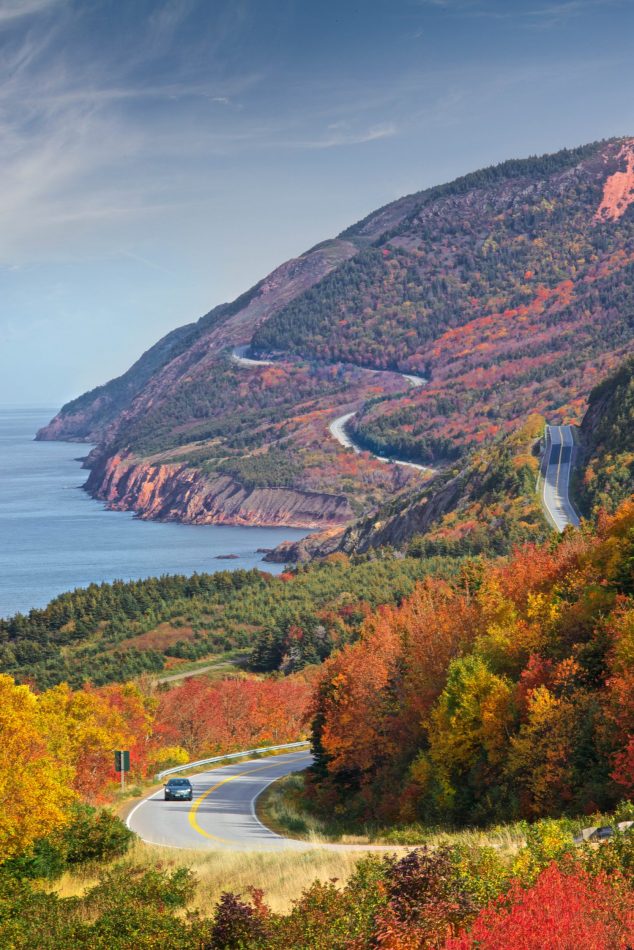
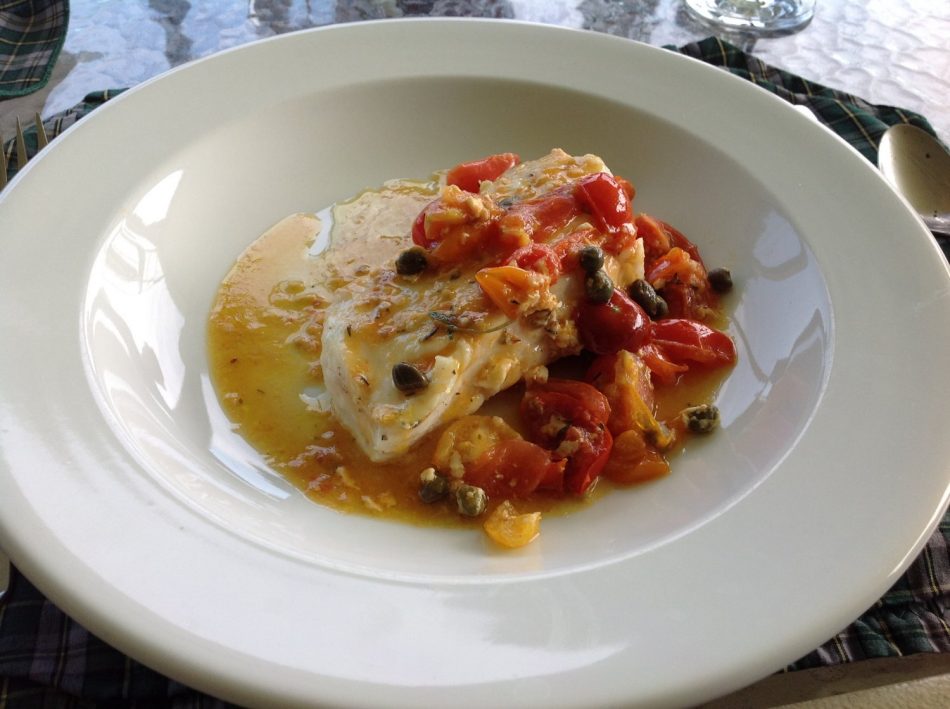
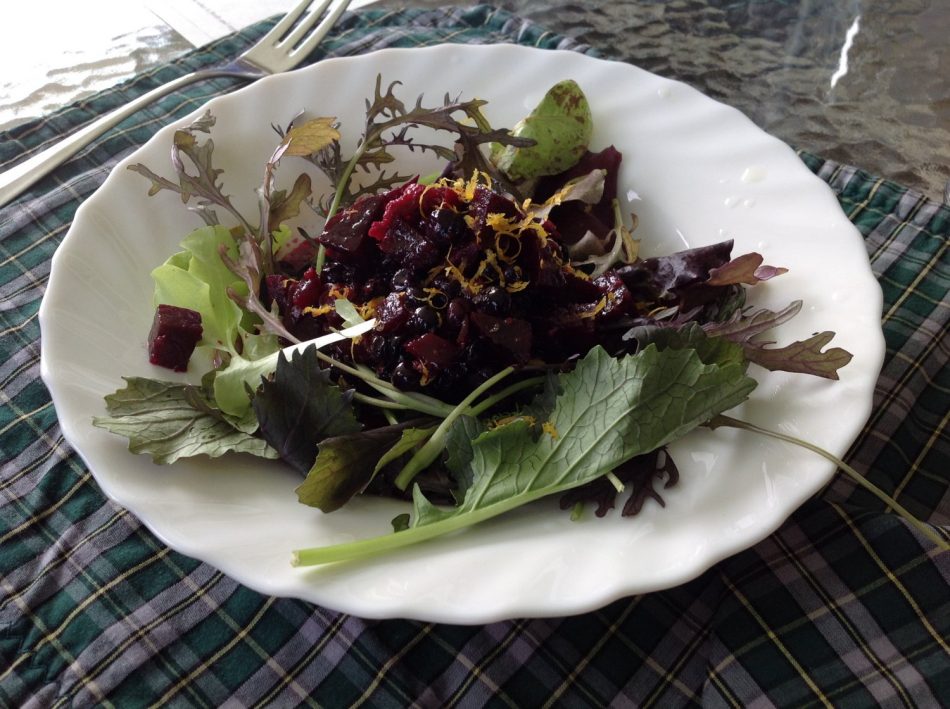

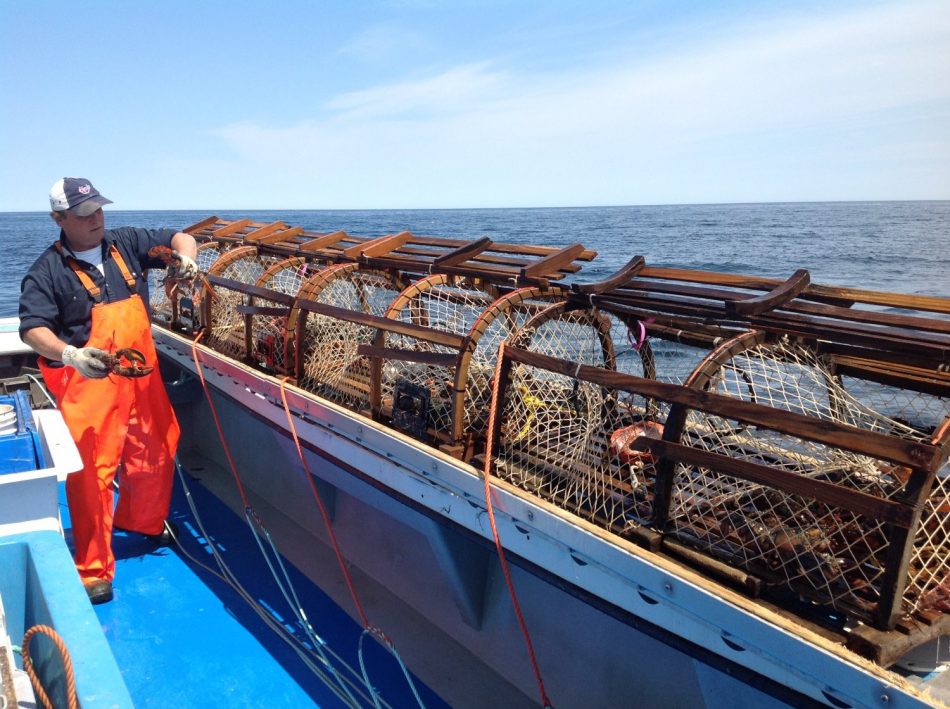

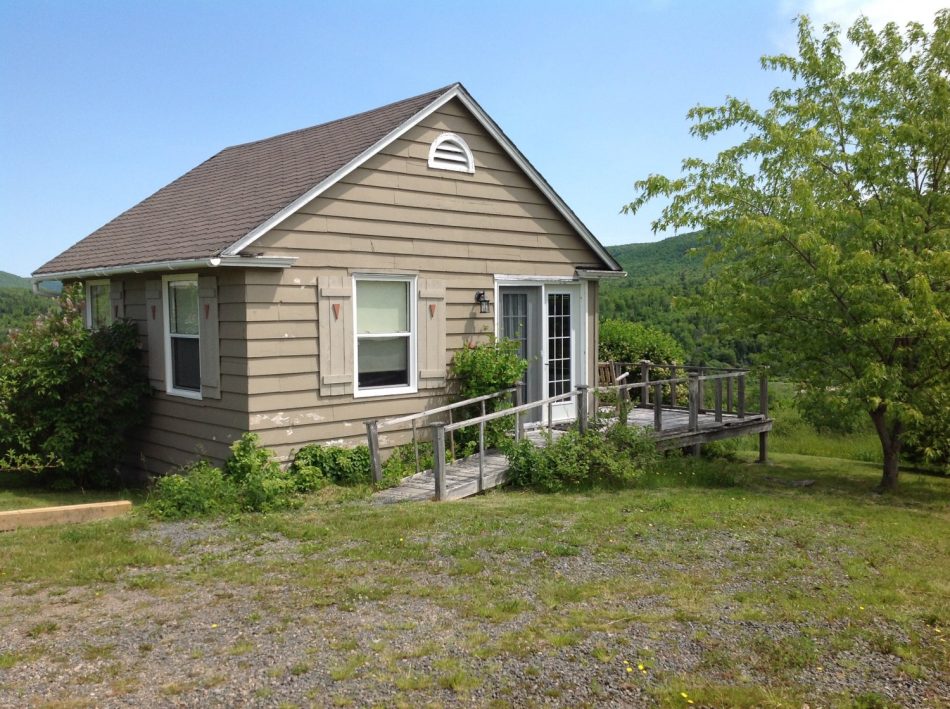




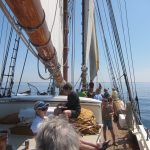

Very good article, Habeeb and Muna. We enjoyed it a lot. The pics are fantastic. Wish we were there, especially for the lobster catch.
M&G
NYC